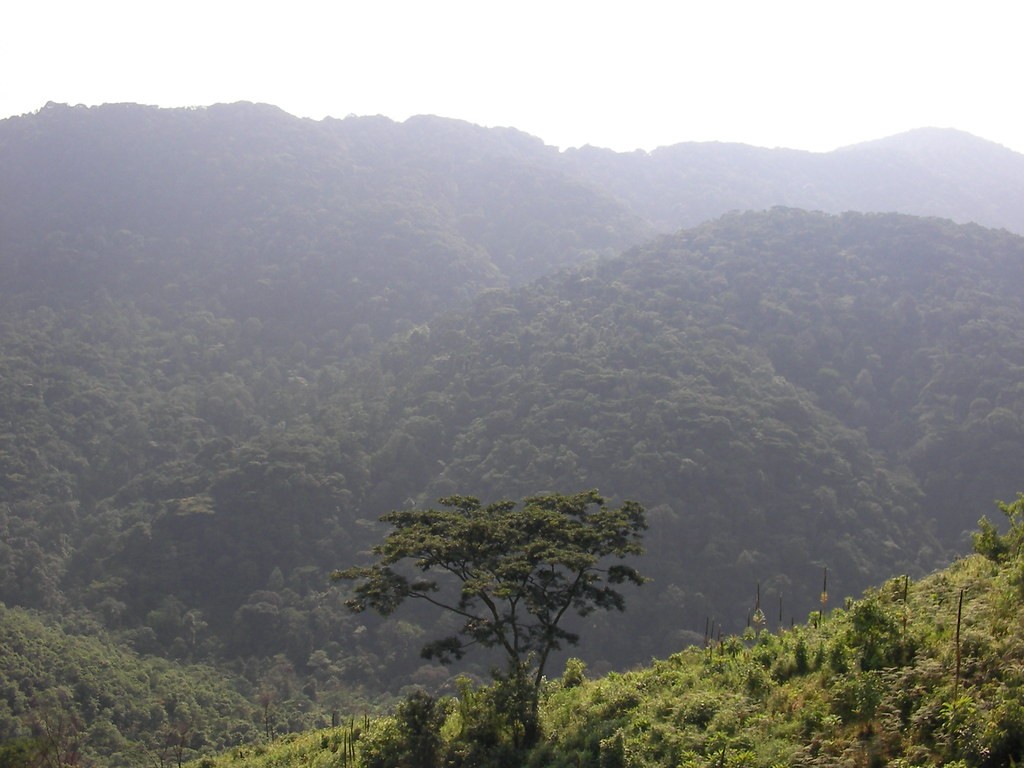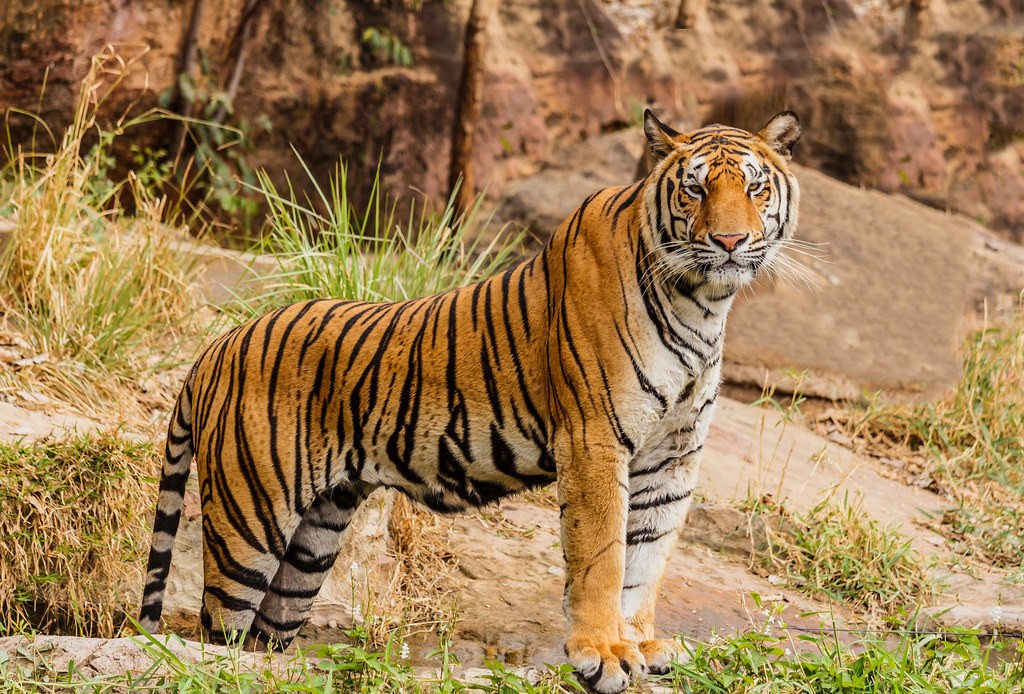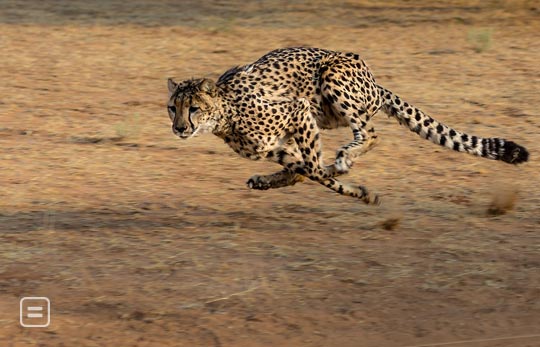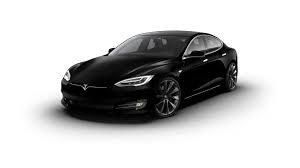In September Tesla sold more cars in Germany than Audi A4 BMW 3 series and Mercedes c class combined.
Why is this important? Well firstly the Tesla cars are more expensive. As a result they naturally compete against similarly priced cars with a combustion engine. This is why this news is so exciting – it is clearly taking an enormous part of this well established market.
What is particularly concerning, is that these are the people which car companies make their most profit from. Those people with less money, will tend to either buy used cars – no extra money for the established players (though with supercharging and various other things like data, Tesla can profit), or buy small runabout cars – these tend her very small profit margins, and anyway even if you managed to make 20% profit when you’re only talking about to the car that costs £5,000, you still have to sell an awful lot of them to make substantial rewards.
Indeed the next few years are perhaps their last chance to fight back. This is because with the Tesla gigafactory in Berlin, the number of cheaper Tesla cars will explode in the next few years. 5 to 10 years after this many of those will join the used car market at prices that could quickly reduce cheaper cars demand as well.
Where are we (my family and I)? We have been liking the idea of going electric for some time. Unfortunately someone wrote our car a few years ago – too soon for us to go electric. However (as I wrote about a few weeks ago), we have just jumped in having found an old tesla s for far less than normal in the UK. Indeed with the current price of petrol, we think that it will only be about 7 years before we save the purchase price in reduced cost of travel
Continue reading “Tesla has made more sales than Audi BMW and Mercedes combined in their home market”







